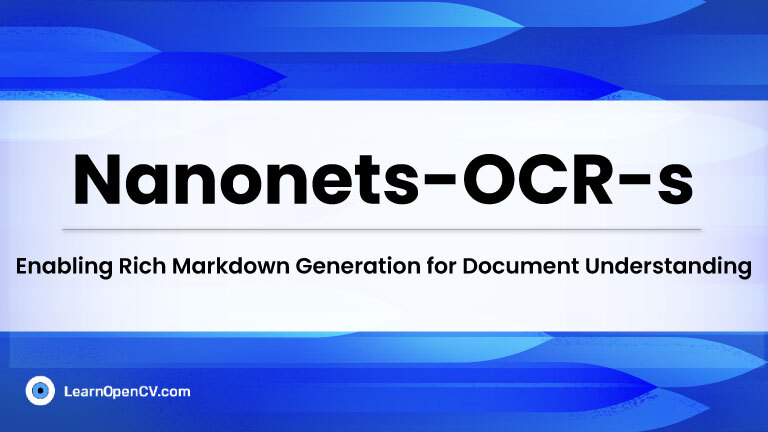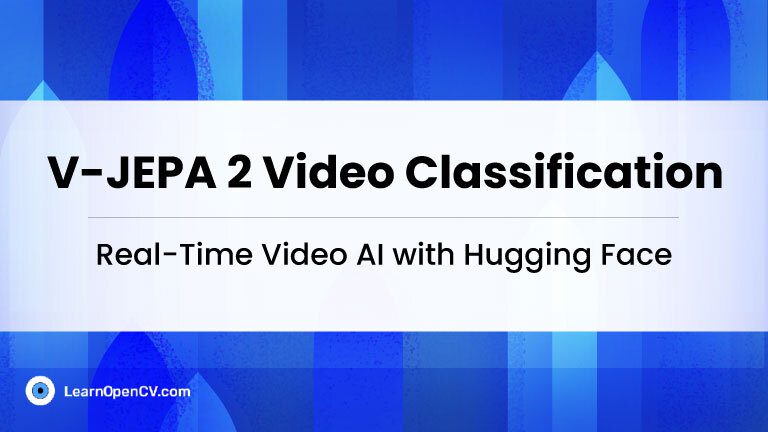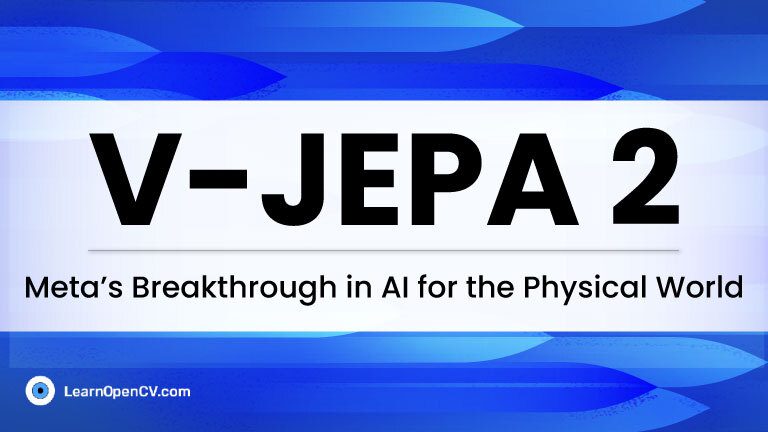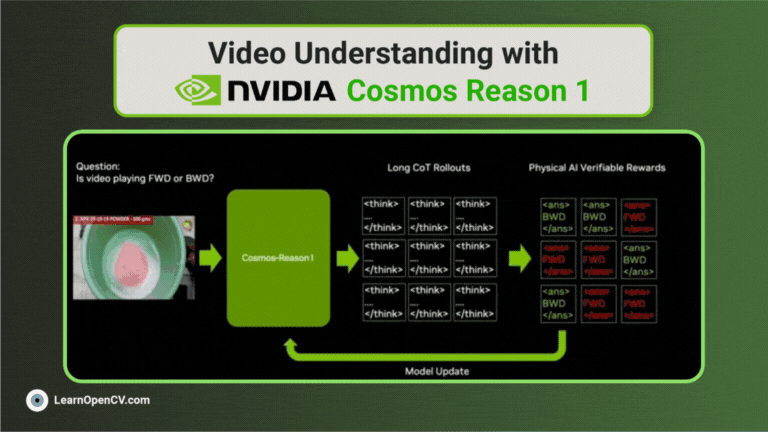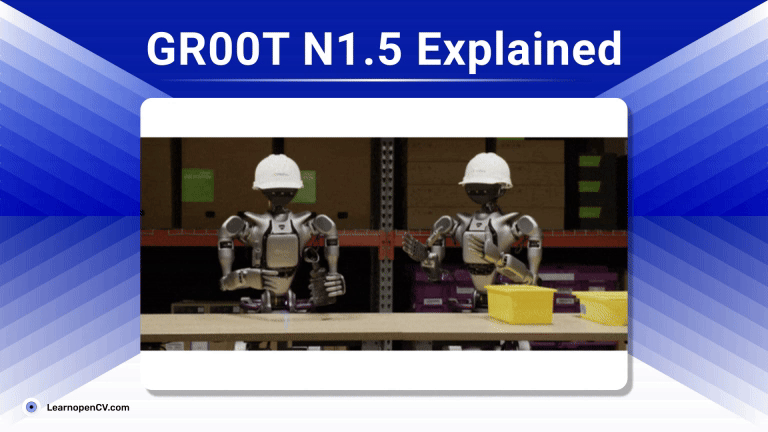Traditional Optical Character Recognition (OCR) systems are primarily designed to extract plain text from scanned documents or images. While useful, such systems often ignore semantic structure, ...
Search Results for: c
Optimizing VJEPA-2: Tackling Latency & Context in Real-Time Video Classification Scripts
The domain of video understanding is rapidly evolving, with models capable of interpreting complex actions and interactions within video streams. Meta AI's VJEPA-2 (Video Joint Embedding Predictive ...
V-JEPA 2: Meta’s Breakthrough in AI for the Physical World
The ultimate goal for many in artificial intelligence is to build agents that can perceive, reason, and act in our complex physical world. Meta AI has made a significant stride toward this vision ...
VLM for Video Understanding with Spatial and Temporal Context: NVIDIA Cosmos Reason1
NVIDIA's Cosmos Reason1 is a family of Vision Language Models trained to understand the physical world and make decisions for embodied reasoning. What makes Cosmos Reason1, as a promising contender ...
GR00T N1.5 Explained: NVIDIA’s VLA Model for Humanoids
Imagine trying to teach a toddler a new skill, like stacking blocks to build a tower. You’d show them, maybe guide their little hands, and explain, "This one goes on top." After a few tries, they ...
The Definitive Guide to LLaVA: Inferencing a Powerful Visual Assistant
To develop AI systems that are genuinely capable in real-world settings, we need models that can process and integrate both visual and textual information with high precision. This is the focus of ...


